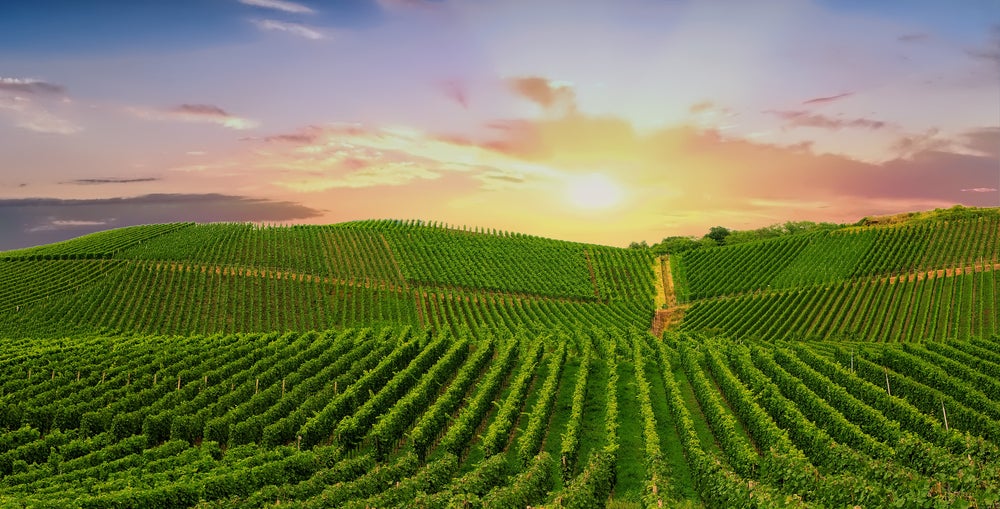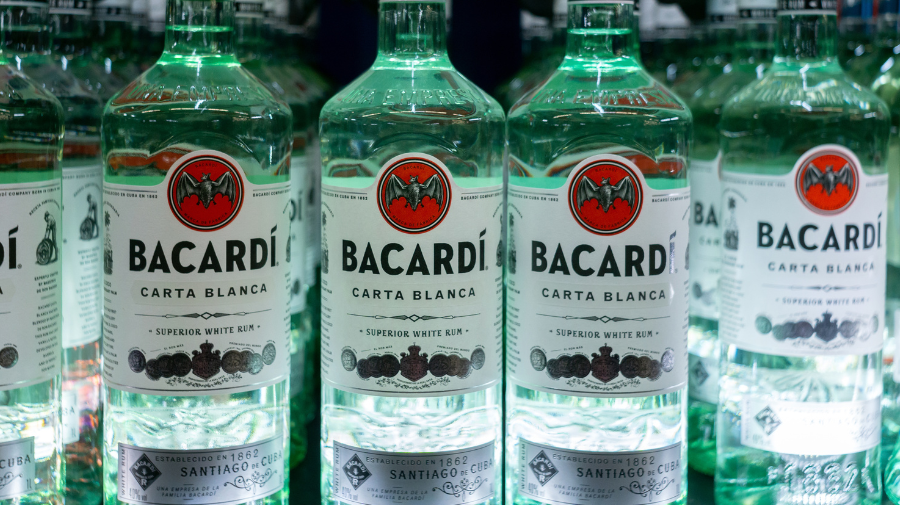Wine production in Germany dropped by almost 4% last year, hit by weather conditions, government data shows.
According to figures from Germany’s Federal Statistical Office (Destatis) wine and must production fell by 3.9% to 8.6m hectolitres in 2023.
Destatis did note that, compared to the average for the years 2017 to 2022, the difference is only 28,000 hectolitres or 0.3% less wine and must.
However, the agency blamed last year’s drop on the weather. “Winemakers were faced with challenging harvest conditions, which was one of the factors in lower wine production,” it said.
“The 2023 wine year was characterised by a fairly cold and wet spring and a dry period in early summer” with “persistent rainfall” storms and hail following.
Late summer’s warmth brought “fungal and pest infestation and led to rapid ripening of the grapes”, Destatis added.
Converted into 0.75 litre bottles, the wine and must production in 2023 amounted to around 1.1bn bottles, the agency said. Some 68.5% of the wines produced in 2023 were white.
Production in each region fell except Saxony and Hessische Bergstrasse, two small wine-growing regions where volumes rose.
Output increased by 3,500 hectolitres to 29,000 litres in Saxony and by 1,000 hectolitres to 34,300 hectolitres in Hessische Bergstrasse.
In contrast, production in all other growing regions decreased compared to the previous year, according to Destatis.
The decline in wine production compared to 2022 was particularly severe in Württemberg, where it dropped by 164,000 hectolitres to 819,000 hectolitres in 2023.
In Baden, output decreased 93,000 hectolitres to 1.3m hectolitres.
Destatis reported that the largest wine-growing regions, Rheinhessen and Palatinate, produced almost half of the wine volume.
Rheinhessen made 2.4m hectolitres and Palatinate produced 1.8m hectolitres, which together accounted for 49% of all German wine and must.
Production was shaped by premiumisation trends throughout last year, as more ‘premium’ wines were produced than in 2022. Prädikatswein is the highest tier of premium wine in Germany out of four tiers.
From the total wine and must production in 2023, the proportion of ‘premium’ wine was 23.7%. compared to the 21.3% in 2022.
In 2023, 6.2m hectolitres of ‘quality wine’, second tier on the quality grades, were made in the country which was 72.6% of the total.
Earlier this month, Germany recorded an increase in the value of its wine exports in 2023 but volumes fell, data from the German Wine Institute (DWI) indicated.
The value of German wine exports sat at €384m in 2023, up 4% year on year.
However, export volumes were down 2% at 1.15 million hectolitres.
















